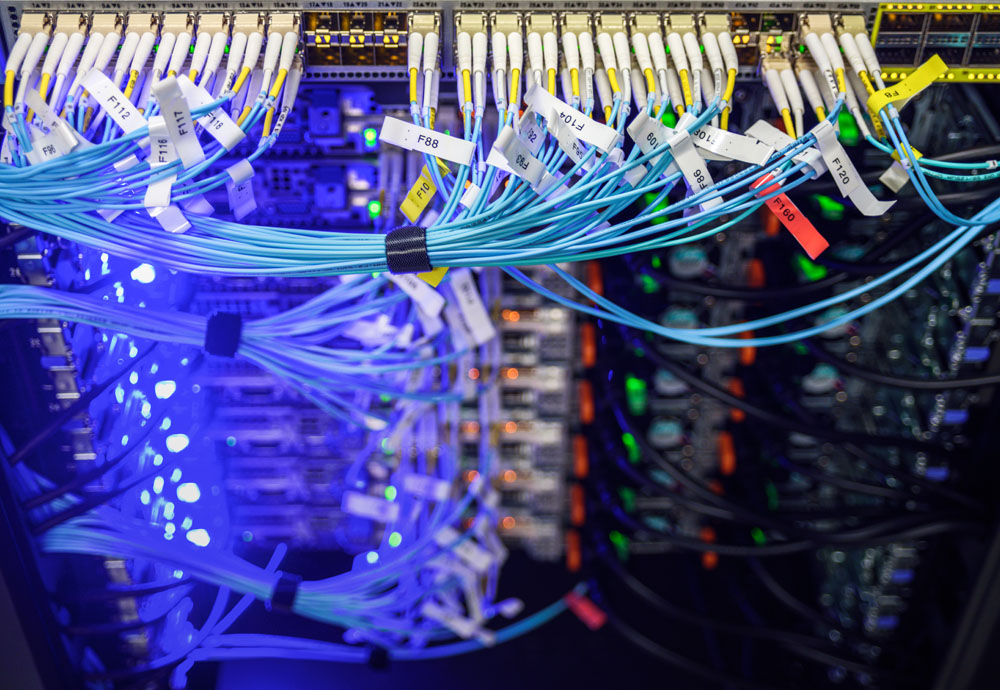What Is Server Maintenance

As its name implies, server maintenance is the process of keeping your computer server operating at peak performance. A company initiates a server maintenance plan to ensure that the essential hardware and software for the company’s survival function as expected. Here are some excellent arguments for creating a server maintenance strategy.
Why is Server Upkeep So Crucial?
Server maintenance is essential since the server enables all corporate PCs to function without interruption. If the server fails, the computers fail, and the business suffers as a result. Comparable to a person going to the doctor for a checkup, server maintenance is the best approach to ensure that everything is healthy and working well.
How frequently must servers be maintained?
Unlike people, who have annual physical exams, servers require far more frequent care. Servers must be continuously checked, updated, and maintained. Since maintaining a server is such a time-consuming task, businesses frequently pay external service providers to do so.
Server Maintenance Is Vital to Your Company
The server is the lifeblood of your company’s computers. Consider what would happen to production if all computers were offline for even several hours. There is the potential for catastrophic financial loss. Regardless of the size of your business, if you have computers, you need a constantly operational server.
Server Upkeep Extends the Lifespan of Your Computers
Correctly functioning servers survive longer and must be replaced less frequently. Therefore, maintaining your servers properly will save you both time and money.
Server Upkeep Improves Productivity
Since the health of the server directly affects the health of the computers in the building, a healthy server implies healthy computers. This is essential for any company. When computers function properly, your employees may continue working without interruptions due to computer problems. When your employees are more productive, so is your organization as a whole.
Even the most meticulously maintained servers are susceptible to failure. If your server has a problem and crashes, you will have a much greater chance of recovering your data from a server that has been routinely maintained than from one that has not.
Wired IT Group is a full-service information technology (IT) vendor, based in Phoenix, AZ. Our team is capable of designing, installing, and maintaining all of your IT solutions from network management, server maintenance, network systems to security systems, and low voltage cabling we have you covered. Call us today at 480.210.8799 for more information about our managed IT services.
More Articles About Security
- What is Server Security?
- What is Network Security?
- What are Unified Communications?
- Security Camera Installation Cost
- What is Network Management?
- How Do I Install A Security Camera In My Phoenix Arizona Home?
- What is the Going Rate for IT Services?
- What is Server Maintenance?
- What Does Managed IT Services Mean?
- What are IT Services?
- Different Types Of Network Security




